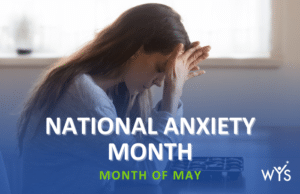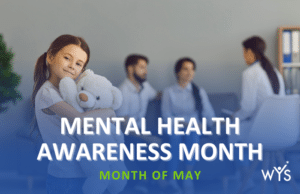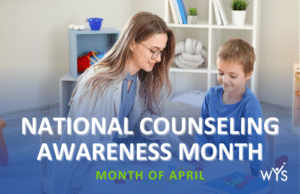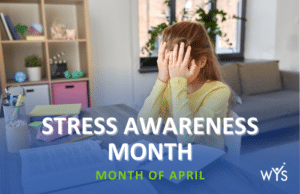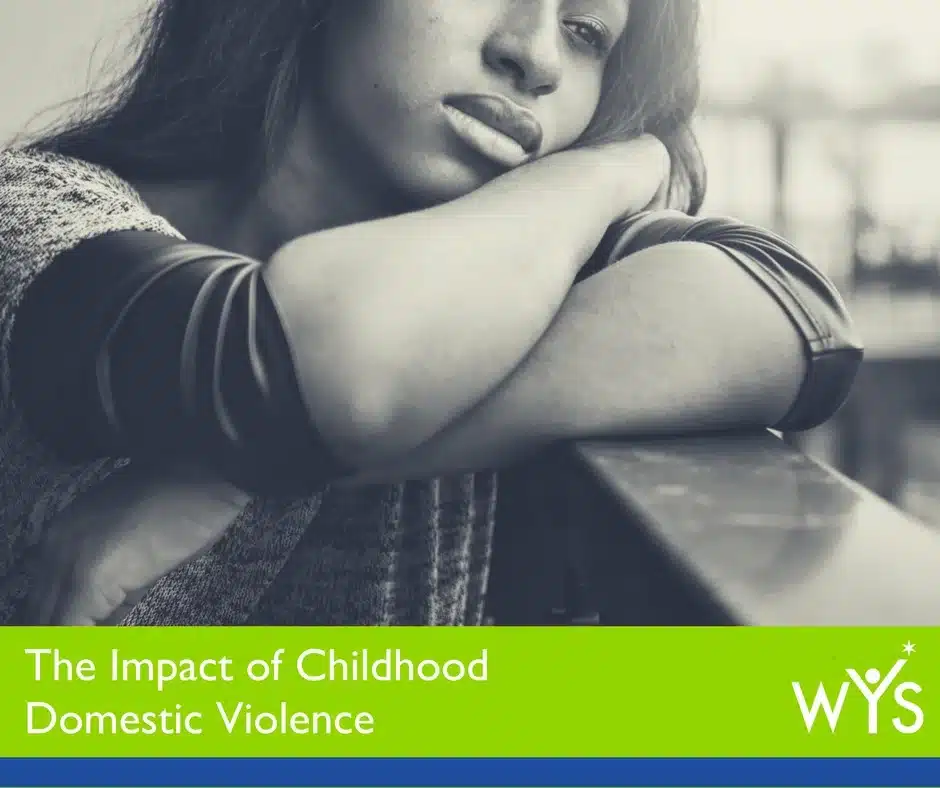
The Impact of Childhood Domestic Violence
Let’s start with statistics of Childhood Domestic Violence, which are heartbreaking. A study conducted by the National Center for Biotechnology Information (NCBI) states that every year an estimated 3.3 million to 10 million children are exposed to domestic violence in their home. ChildStats.gov indicates that there are 73.8 million children aged 0-17 living in the US in 2017, the percentage of children that are living in an abusive home is shocking, and frankly unacceptable.
According to the Childhood Domestic Violence Association, Childhood Domestic Violence (CDV) is when a person grows up living in a home with violence between their parents or violence towards a parent, stepparent or significant other. It can be physical or non-physical.
The consequences of Childhood Domestic Violence and family dysfunction often have similar mental health outcomes including depression, anxiety, and even post-traumatic stress disorder (PTSD).
Childhood Domestic Violence is one of the ten types of adverse childhood experiences (ACEs) that comprise the ACEs Questionnaire and the related research conducted in 1998 by the CDC and Kaiser-Permanente the ACE Study. When children are raised with exposure to domestic violence, they are likely to experience multiple other ACEs. Individuals with four or more ACEs are seven times more likely to have anxiety disorders and mental health issues. They are eleven times more likely to attempt suicide than individuals with zero ACEs.
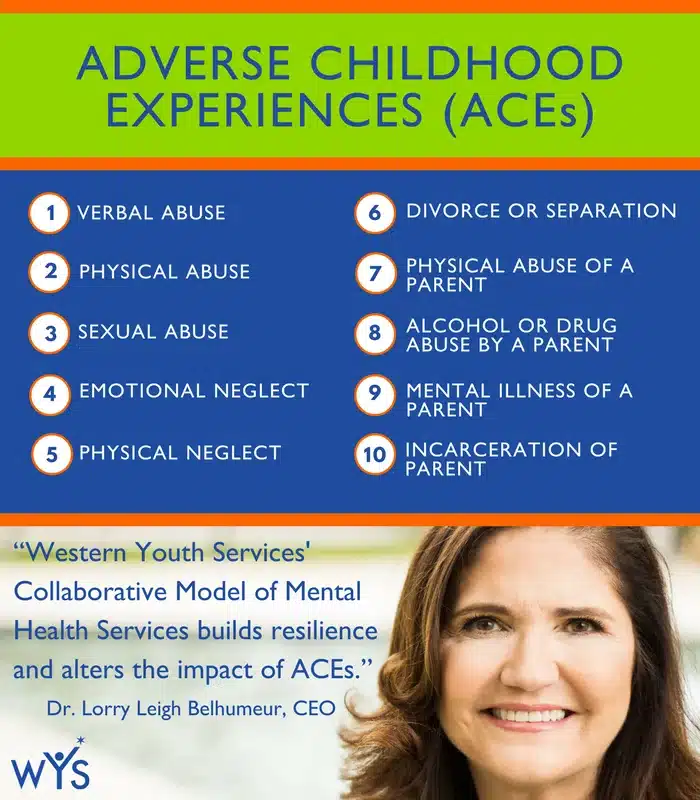 How Domestic Violence Effects the Family
How Domestic Violence Effects the Family
When children witness domestic violence the residual effects negatively impact the child, families, communities, and future generations. Children who have endured traumatic events within their family do not feel safe. Feelings of guilt, shame, and worthlessness can quickly take over their thoughts and challenges their perception of trust. This is a very scary and confusing time in their young lives, their world is spiraling away from them and many will not know how to reach out for the help they desperately need.
Those who experience Childhood Domestic Violence, or CDV, often falsely believe a number of things about themselves, including:
- ‘It was my fault. I should have been able to stop it’
- ‘I am worth less than others. I am not enough’
- ‘I need the approval of others to replace the lack of esteem I feel deep inside’
From the Childhood Domestic Violence website
Untreated ACEs Turn into Toxic Stress
Toxic stress is a term often used by psychologists and developmental neurobiologists to describe negative experiences that can affect brain architecture and brain chemistry. Research indicates that when toxic stress is left untreated in childhood, it’s carried into adulthood and has damaging effects on learning, behavior, and health across the lifespan.
Ways to Help Hurting Children
If the opportunity arises for you to be a caring and compassionate adult for a child that is hurting, below are a few ways to help them to understand that it is NOT their fault, that the situation was too big for them to “handle” and it is NOT their job to “fix” things. A child is NEVER responsible for the actions of adults.
- First and foremost, if you have a reasonable suspicion that a child is being abused, call your local child protective agency and seek guidance. If a child is being abused, let the professionals do their job to investigate the situation. Do not ask probing questions of the child.
- Otherwise, it is important that children know that they are NOT alone, explain that you are there to help and so are others. And that others experience similar situations.
- Speak to them in a manner appropriate to their age and level of comprehension.
- Create ways to minimize stress and build resiliency by providing coping mechanisms that they can easily do on their own. It could be deep breathing, exercising, creating art, or simply thinking of a happier time.
- Seek help from other family members, school leaders, or mental health care for support and resources. If you are located in Orange County, CA contact us. We also provide a list of resources at the end of this article.
- Model or describe what healthy relationships look like, they may not know.
- Help them to understand what safety feels like, they may be stuck in a cycle of fight or flight.
- Give them hope. Leave them with possibilities and the ability to see beauty in life even when things are hard.
How WYS Helps Schools
WYS has worked in partnership with schools for decades, one curriculum we incorporate into our school-based services to improve Social Emotional Learning (SEL) is the Second Step Programs. We utilized their Child Protection Unit curriculum to help educators recognize, respond to, and report abuse. In addition, it is used to help students recognize, report, and refuse unsafe situations.
SEL is the process of learning social and emotional skills and they are just as important as academics. It is best to start children early and continue the practice through high school. Teens with strong social-emotional confidence are 50% more likely to graduate from high school and go on to college. By participating in SEL, students learn to manage their emotions, have empathy, solve problems, make responsible decisions… and most importantly for a child that has witnessed or experienced domestic violence, learn about healthy relationships.
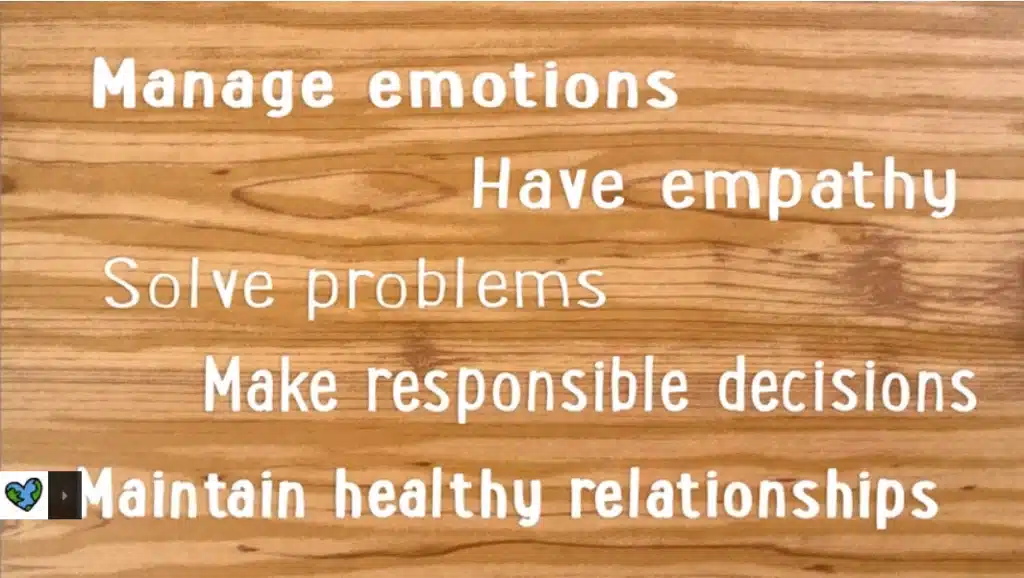
(Click on the image below to watch the SEL video)
There is Life After Domestic Violence
“The truth is: No obstacle you will ever face can compare to what you went through as a child and have already conquered.” Brian F. Martin, Founder and CEO of the Childhood Domestic Violence Association
Childhood Domestic Violence transcends socio-demographics and many people have overcome the traumatic events of their childhood to lead happy and productive lives. Some are regular folks and some are quite famous, one characteristic they often have in common is they are extremely compassionate and build ways into their lives to help others.
For example, singer, Jewel has shared publicly that her father mentally and physically abused her, she tells her stories through her raw songs and is a leader in the mindfulness movement. President Bill Clinton acknowledged publicly that his stepfather was abusive, Clinton said that he felt like he lived parallel lives as a child and never let anyone know what was going on at home. Today he leads the Clinton Foundation that helps countless children globally. Oprah Winfrey shares that she was sexually abused as a child and has been a vocal advocate in helping others move past their experiences with domestic violence and trauma.
Childhood Domestic Abuse Resources
The Childhelp National Child Abuse Hotline 1-800-4-A-Child (1-800-422-4453)
DomesticShelters.org provides a search tool that allows anyone in the U.S./Canada to find nearby domestic violence programs and shelters.
Western Youth Services collaborates with local partners Interval House at several Family Resource Centers. Interval House provides comprehensive domestic violence services in over 70 different languages to individuals and families in Los Angeles and Orange County, California.

Lorry Leigh Belhumeur, Ph.D.
Chief Executive Officer
Western Youth Services



